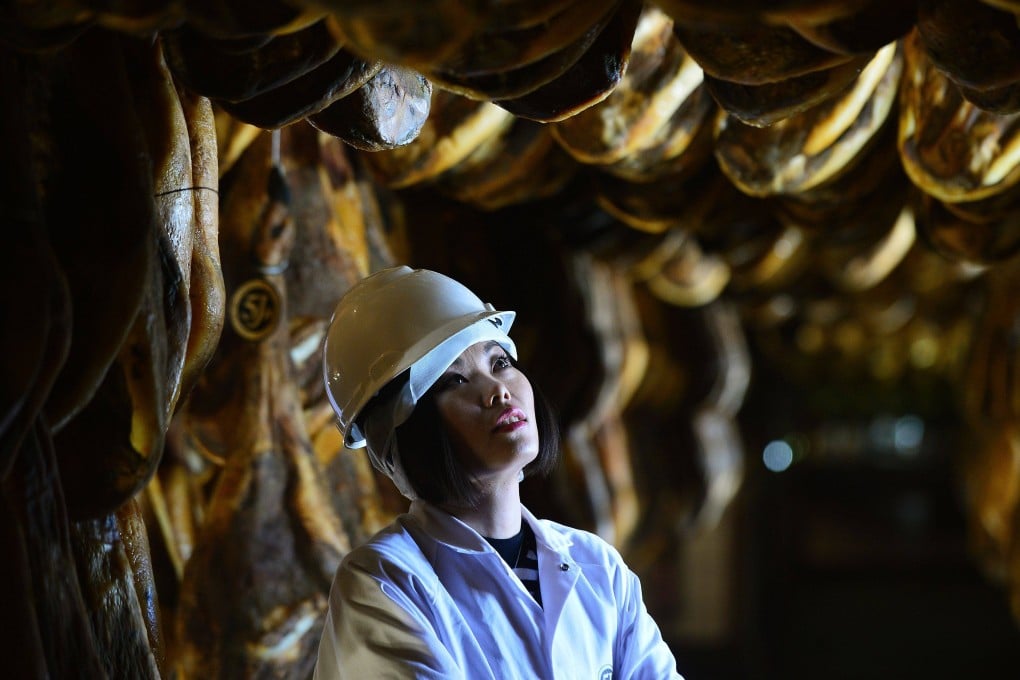China’s middle class is developing a taste for high-end meat, sending imports surging
- China’s growing middle class and greater consumer awareness about the origins of food have driven up demand for higher quality meat
- In the first 10 months of 2021, sales of Spanish cured hams and shoulders grew more than 32.96 per cent in value to be worth 17.35 million euros (US$19.6 million)

China’s appetite for high-end foreign food is growing with imports of expensive pork cuts and other meats from Europe increasing last year and more multinational food companies investing in the world’s largest consumer market.
In the first 10 months of 2021, sales of Spanish cured hams and shoulders – including Iberian and Serrano varieties – grew more than 32.96 per cent in value to be worth €17.35 million (US$19.6 million), and increased 80.8 per cent by volume, reaching 1,059.72 tonnes, according to data from the Spanish Foreign Trade Institute.
Overall, ham imports from Spain saw significant growth in China last year, with unboned ham and other cold cuts increasing in value by 62 per cent from a year earlier, while bone-in ham grew by 125 per cent, according to Chinese customs data.
Imports of ham and cold cuts from Italy also increased by 75 per cent over 2020.
